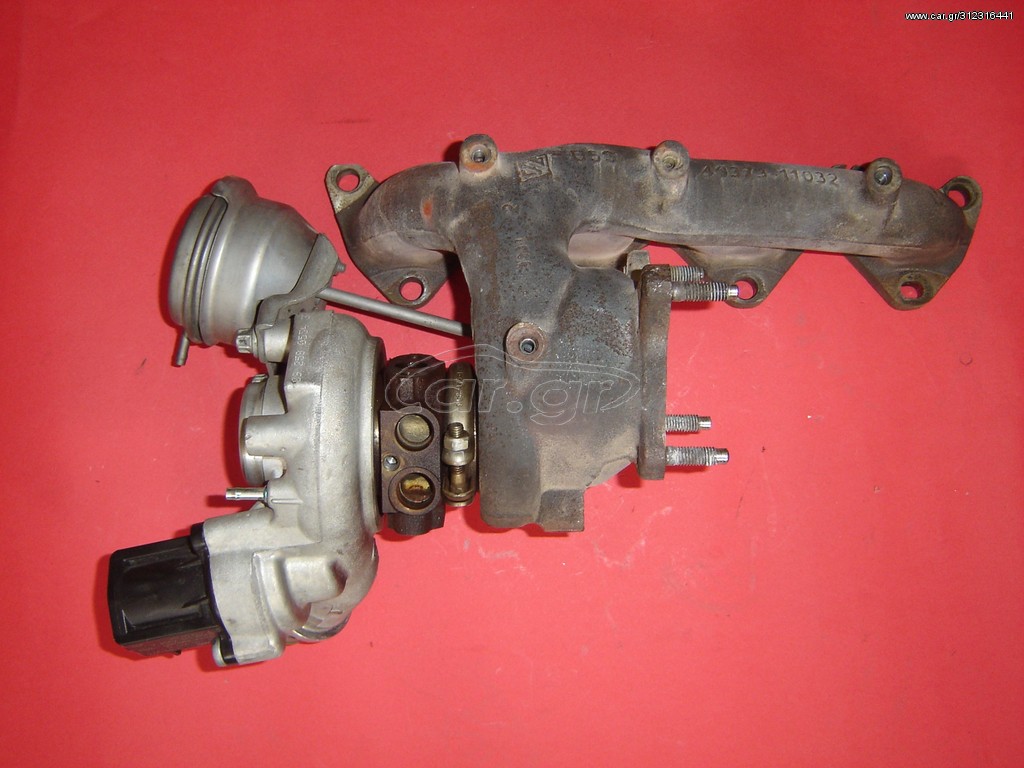

CAXC (2007-2015)(125 hp): analogue of CAXA with increased power up to 125 hp,.CAXA (2006-2015)(122 hp): basic initial modification of the 1.4 TSI engine of the EA111 family,.In order to understand the main differences between these engines, just look at circuit diagrams their devices:īasic versions of engines 1.4 TSI (EA111)ĬAXA (122 HP), CAXC (125 HP), CFBA (131 HP)Īmong the 1.4 TSI EA111 engines equipped with a turbine MHI Turbo TD025 M2(overpressure 0.8 bar) there are 3 modifications: Weak versions are equipped with a conventional turbocharger MHI Turbo TD025 M2(122 - 131 hp), more powerful 1.4 TSI Twincharger, work according to the compressor scheme Eaton TVS+ turbo KKK K03(140 - 185 hp), which virtually eliminates the turbo-lag effect and provides significantly more power. on a modified timing mechanism (after 2010 release).Įngines 1.4 TSI family EA111 differs in two degrees of forcing. The timing drive uses a chain with a service life designed for the entire period of operation of the motor, however, in reality, the replacement of the timing chain is required after 50-60 thousand kilometers on pre-styling chains (until 2010) and after 90-100 thousand km. The power unit is based on a cast-iron cylinder block covered with an aluminum 16 valve head with two camshafts, with hydraulic compensators, with a phase shifter on the intake shaft and with direct injection.

And even after that, he repeatedly received leading awards in various categories. Modern motor with direct injection and four valves per cylinder, quickly won the hearts of the jury of the "Engine of the Year" competition.

It is used on engine modifications with a power of more than 138 hp The maximum efficiency of the turbocharger is achieved at medium speeds. At engine speed slightly higher idle move a belt-driven supercharger provides a boost pressure of 1.2 bar. Availability of versions of the 1.4 TSI engine with a dual charge system with a turbocharger and a mechanical compressor that operates at low speeds (up to 2400 rpm), increasing torque.The manufacturer describes the main design features motors of the EA111 family as follows: The new design claimed fuel savings of 5% for a 14% increase in power over the two-litre FSI. Engine data internal combustion have a wide range of various modifications, and have replaced the four-cylinder aspirated 2.0 FSI. Turbocharged engines of the family EA111 (1.2 TSI, 1.4 TSI) VAG was presented to the public at the Frankfurt Motor Show back in 2005. Description, modifications, characteristics, problems, resource


 0 kommentar(er)
0 kommentar(er)
